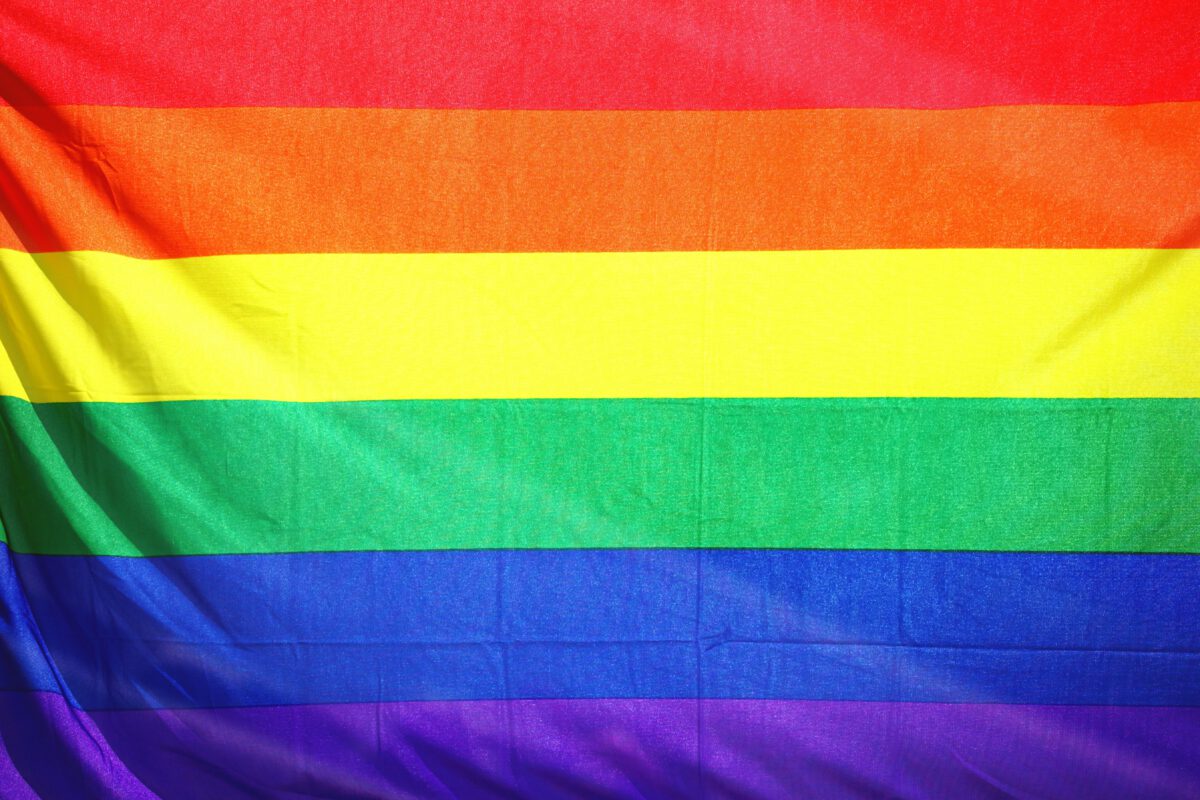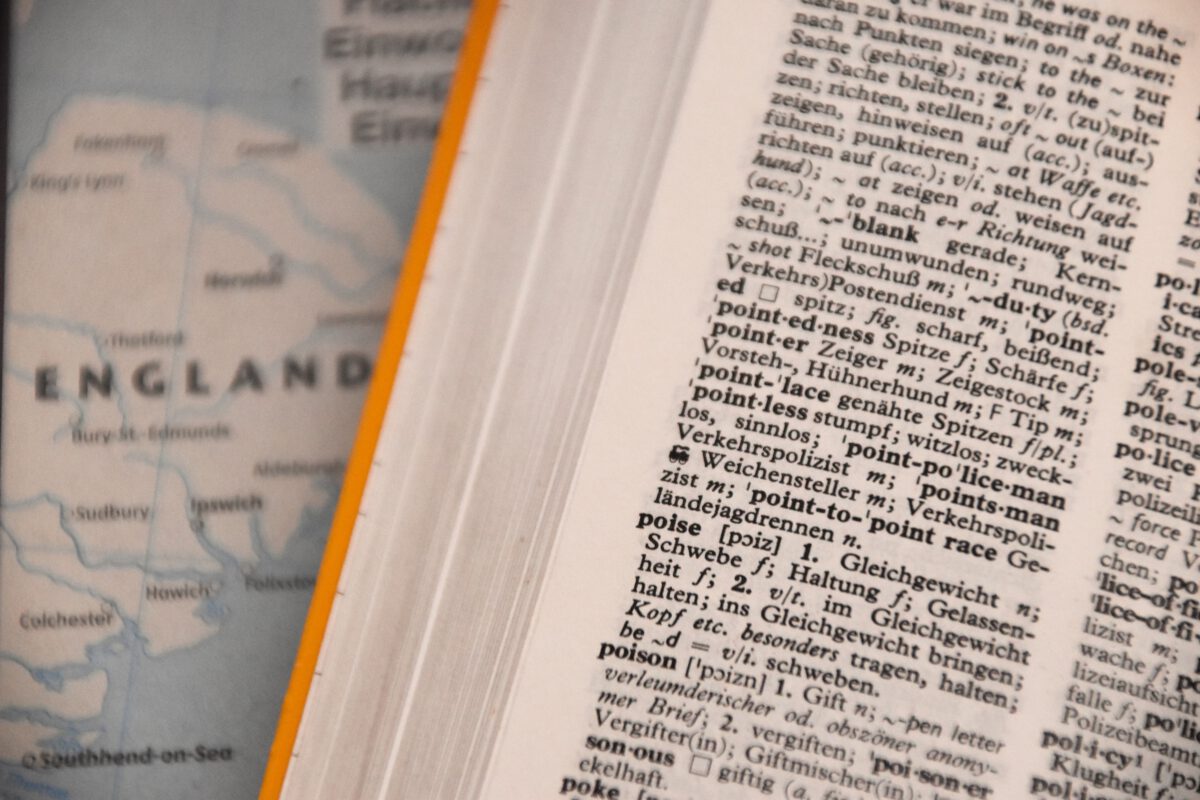Medical translations: Discover its fundamental aspects
Professional translators are accustomed to facing very dissimilar texts every day, both for their style and subject matter and for the lexicon and language used according to the discipline in question. Just as we must translate sworn or legal documents into another language, we also carry out medical, literary and marketing translations, just to mention a few.
Therefore, in teams like Worldly Translations, each of its members specializes in a branch of study so that our work as “invisible doers” is more successful, responsible and faithful to the original meaning. In short, our goal is always to offer our clients increasingly professional work.
Without going any further, when we face medical translations, we are aware of the great responsibility that is being entrusted to us, since our work can have a direct positive or negative impact on the physical and mental health of a person or a community.
What are medical translations?
Medical translation is a specific branch of scientific and technical translation and includes the translation into another language of documentation related to the pharmaceutical field, clinical materials and health in general.
Some of the medical documents that are often translated into other languages are: composition and package inserts, clinical trial protocols, medical reports, complex study results, patient records, toxicology reports, releases issued by laboratories, and scientific news or innovations, among many others.
Why is medical translation so relevant?
Medical translations are extremely important internationally. In the first place, because most of the nations of the world present as an indispensable requirement for the distribution of a pharmaceutical product or a clinical material within their territory the translation into the official language of the country of all the documentation and labelling of the product in question.
Likewise, they also usually request the professional translation of the documentation necessary to carry out clinical trials and thus allow local health personnel, patients and legal representatives to fully understand it. Applications to register these pharmaceutical or clinical products in the countries where they will be distributed and marketed must also be translated.
But in addition, medical translation is also very important for particular cases, such as, for example, the results of a highly complex study of a patient that requires a consultation with a foreign professional.
What are the main requirements of a medical translation?
First, when performing a medical translation, the quality of the original document must be maintained so that the result in another language is as rigorous and accurate as the original text. Therefore, it is essential to have experience in medical translations, and to have reliable sources and verified reference materials.
Likewise, there are also legal and regulatory conditions specific to each country to take into account when performing a medical translation, especially in the translation of health texts originating from other nations.
What are the aspects that differentiate medical translation from other branches?
- Texts related to the field of pharmaceuticals and medicine require a high level of training and experience in these topics to be able to interpret and translate them correctly.
- The language and terminologies of medical documents are very specific and particular. To make one of these texts intelligible from one language to another requires a professional translator with medical and pharmaceutical knowledge.
- As with all professional translations – but especially in this field – knowing the context is essential for the clarity and success of a medical translation.
Why is it important to use a professional specialized in medical translations?
As with most jobs, whatever their relevance, going to the right professional will save us time, money, and headaches.
To know why it is essential to use a specialized translator, it is enough to be aware of the consequences of not doing so:
- A wrong translation could have an extremely negative impact on patient care and the health of the community. The primary goal of the medical industry – preserving health – could be severely affected by misleading translations passed from one medical professional to another.
- Likewise, the validity of medical documents could be annulled due to erroneous texts, something that will surely lead to administrative problems that also cost time and money.
- In addition, legal conflicts related to the incorrect translation of documents could arise due to its direct impact on the health care of patients. The latter can even lead to a lawsuit.
How can I contact a specialized translator?
Worldly Translations is a translation agency with many years of experience, so we know how to respond efficiently to the needs of our clients. We have specialized translators, so we assign each job to the most appropriate person to perform that task.
If you need a medical translation, contact us as we know how to professionally and responsibly make a document related to something as important as health intelligible in other languages.
We hope you have enjoyed learning about what medical
translation is all about and why it is so important to practice it with
knowledge, responsibility and professionalism. Until next time!







